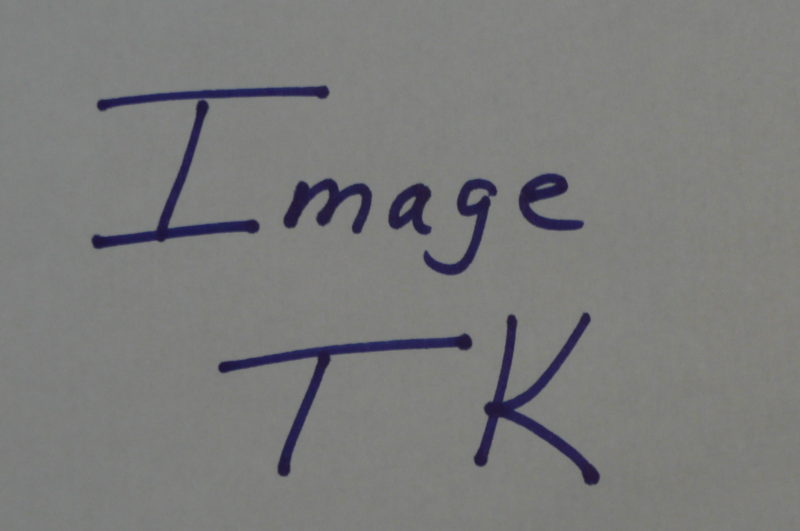As a writer, I believe strongly in the concept of copyright, retaining the rights to the work by which creative professionals earn their living. But I have a confession to make. Ever since I launched my website, I’ve been operating in a gray area when it comes to the copyright on images.
I strongly suspect, however, that I’m not alone. How many of you out there – yes, you writers and bloggers – verify the copyright and obtain permission if required for every image you use from the Web?
I thought so. Me, too.
Initially, I was concerned about using the magazine covers on my website. Still am. But the images are so small I’m betting these publishers won’t give me grief about it. At any rate, it’s probably fair use.
But I faced another copyright challenge once I figured out how to add images to my blog posts. I’ve tried to be careful, but it’s not easy – in fact it often seems impossible – to figure out whether images are copyrighted. A Google search for mountains, for example, yields more than 37 million images. If I start clicking through these, a few are obviously copyrighted – they carry the familiar copyright symbol, ©. But most do not. Of course, the law no longer requires a work to display the © symbol for copyright protection. In fact, when I click on any image, Google warns me that “This image may be subject to copyright.” When I click further to go to the original source – which may be a commercial website, someone’s blog, or even a variety of websites that claim to offer “free” images, it’s never clear whether the image is copyrighted. There is no copyright notice on the photo, although there is a copyright notice at the bottom of the website. Presumably this copyrights the website, but not the photo.
When I attended the Future of Freelancing conference last summer, one presenter mentioned that a good way to find images available for legal use was to search Creative Commons (CC). I’ve tried, but remain baffled. Right off the bat, the home page tells me:
“Do not assume that the results displayed in this search portal are under a CC license. You should always verify that the work is actually under a CC license by following the link. Since there is no registration to use a CC license, CC has no way to determine what has and hasn’t been placed under the terms of a CC license. If you are in doubt you should contact the copyright holder directly, or try to contact the site where you found the content.”
In addition, Creative Commons offers a confusing array of different types of licenses that specify different conditions under which I may use the work. So even if I figure out it’s licensed under Creative Commons, I still have to decipher exactly how I’m allowed to use it.
All this means that locating and verifying an image often takes as long as writing the blog post. Sometimes longer. Occasionally, I actually discover the copyright owner and ask for permission. The outpouring of gratitude tells me how widescale this problem is.
Here’s what Richard Krzemien, the author of the cartoon I used in last week’s post, told me about copyright infringement: “I used to keep close track of copyright problems, but honestly it can become a full time job. That’s why I took most of my comics down from the site. And all that’s available are the low resolution versions online. I figure it’s the cost of doing business. So I greatly appreciate you contacting me for permission.”
I’m sure what I’ve run into is just the tip of the iceberg in terms of copyright infringement on the Web. Come to think of it, that would make a good illustration for this post. There are 1.5 million images of iceberg tips on Google. I wonder which ones are legal?


I use http://morguefile.com. ALL the images are free and may be used for blog posts, books, anything but stand alone images for sale. You can also use the images on print on demand etc. too. I always write the photographer if they provide their email and let them know what I’m using it for. I also buy images from the “$1” bin at istockphoto.com. For about a buck I’m worry free. The more you buy the cheaper they are too. I also have a camera (used to be a photojournalist) and I have a ton of my own photos. It’s worth it to buy a cheap camera and start taking your own stock photos.
Thanks for your comment. As it just so happens, I was interviewing someone today about this issue – I’m writing an article on it for the ASJA Monthly, and they told me about Morguefile.com.